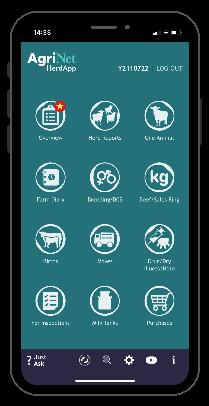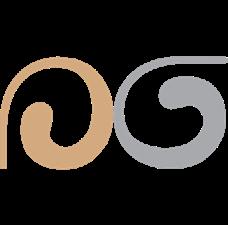

Welcome to Milk Recording






Benefits Of Milk Recording
Breeding Tool: Identifies your most profitable cows in your herd to breed the best replacements from and your poorer performers for dairy beef breeding.
Culling Tool: Identifies the poorer performing cows in your herd.
SCC: Milk recording provides information to allow you to manage SCC in the herd.
Selective Dry Cow Therapy: Provides you with information to make decisions on your dry cow period.
Use as a Management Tool: Pregnancy and Johnes testing can be done through your milk recording samples.
Increases the value of surplus stock on the farm if selling.
Increased compensation for TB Reactors.
Sign Up Process
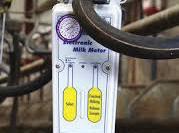
EDIY: This is where you do not have your own equipment to take a sample and yield from your cows. You will rent the meters from us and do the milk recording yourself.
Manual: This process is where we send one of our milk recorders in to use your jars/meters. The recorder will read cow freeze brands and take a sample and yield from each cow.
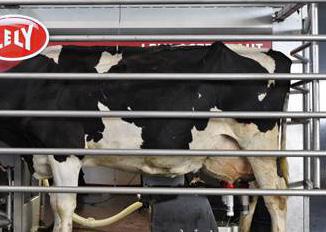

Robots: Milk recording can be done on a robot by attaching a shuttle to your robot which will take a sample of each cow over a 24-hour period and we then take the 24-hour yield from your computer. 1
Milk Recording Guidelines
BEFORE MILK RECORDING IT IS THE HERDOWNERS RESPONSIBILITY TO:
Schedule: Organise the recording schedule for the year well in advance with your designated recorder.
Cow Identification: Cows must be clearly identified. Clip the freeze brands of the cows before recording.
Data Update: Update the cow freeze brands if different from the last four digits of the cow’s tag, and the calving and dry off dates on ICBF in advance of recording.
Time for Recording: Allow extra time for milking on the day of the recording.
Contamination: Contaminated samples may not be tested. Clean udders result in less contamination in milk samples.
Milking Machine
Machine Vacuum: The machine vacuum reserve must be sufficient to maintain normal milking conditions during the recording and ensure even milk flow through meters. There must be adequate washing vacuum reserve to ensure the meters are washed properly.
Cluster Air Bleeds: Clear all cluster air bleeds before recording commences.
Air leaks: There must be no air leaks from perished rubber ware, split liners, or faulty connections to meters and meter fittings.
Cluster Flush: Cluster flush must be turned off for the duration of the recording to avoid sample dilution.
Residual Water: Residual wash water in the plant must be removed before recording commences to avoid sample dilution.
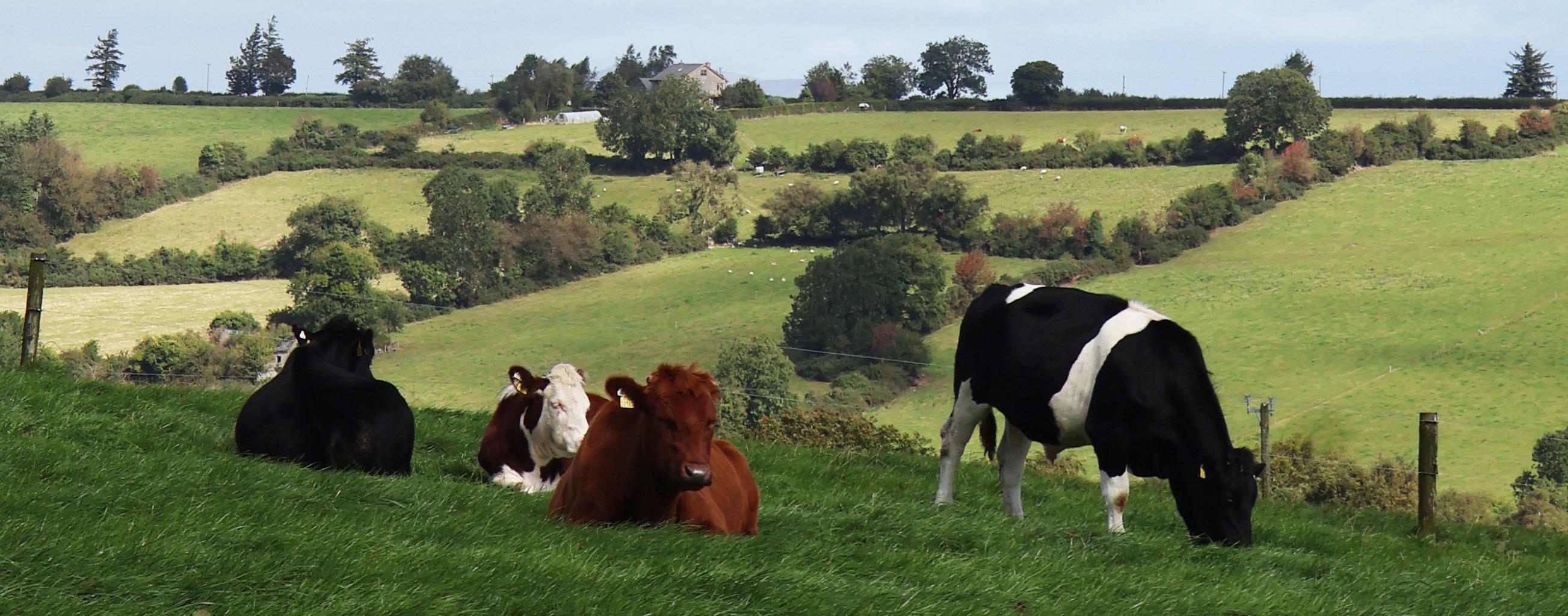
Metering Equipment
Calibration & Servicing: Manual and electronic ICAR approved meters must be calibrated and serviced at least annually and/or according to the manufacturer’s instructions.
Meters Level: Milk meters must hang straight. More than a 5º tilt will result in an uneven flow in the meter and affect results.
Tubing Lengths: Avoid excessive tubing from the milk line to the meter to maintain normal milking conditions.
Clean Taps on Manual Meters and Jars: Taps on manual meters and jars must be cleaned before all recordings as they are not part of the wash cycle.
Clean EDIY Meters: All meters must be properly cleaned and ready for collection by the EDIY technician.

Ensure A Safe Working Environment In The Parlour
Milk Lines: Ensure that sample bottles can be reached in parlours with milk meters positioned high in the milk line.
Lighting: Ensure adequate lighting in the parlour.
Robotic Milking Machines
Calibration and Servicing: Please ensure robots are serviced and all functions related to milk sampling have been turned on and are working correctly in advance of recording.
Milk Sampling Files: Please ensure milk sampling files used for milk recording are set up and available to our technicians.
Flexible Milking
Milking once-a-day is a common option among herds especially in early and late lactation. If you consider doing this for your recording it is important you practice once-a-day for at least seven days prior to your recording. This will allow cows to adjust to the system and result in a more accurate reflection of the cow’s performance on the test day.
Another option is doing 10 milkings in one week, also known as 10 in 7. This option can be challenging to ensure accurate milk recording results. For best results, revert to twice a day milking for 48 hours prior to your recording and on the day of your recording. After the herd test return to the alternate milking pattern.

Please notify your technician of any changes or flexible milking options being done on the farm.
Example of flexible options:
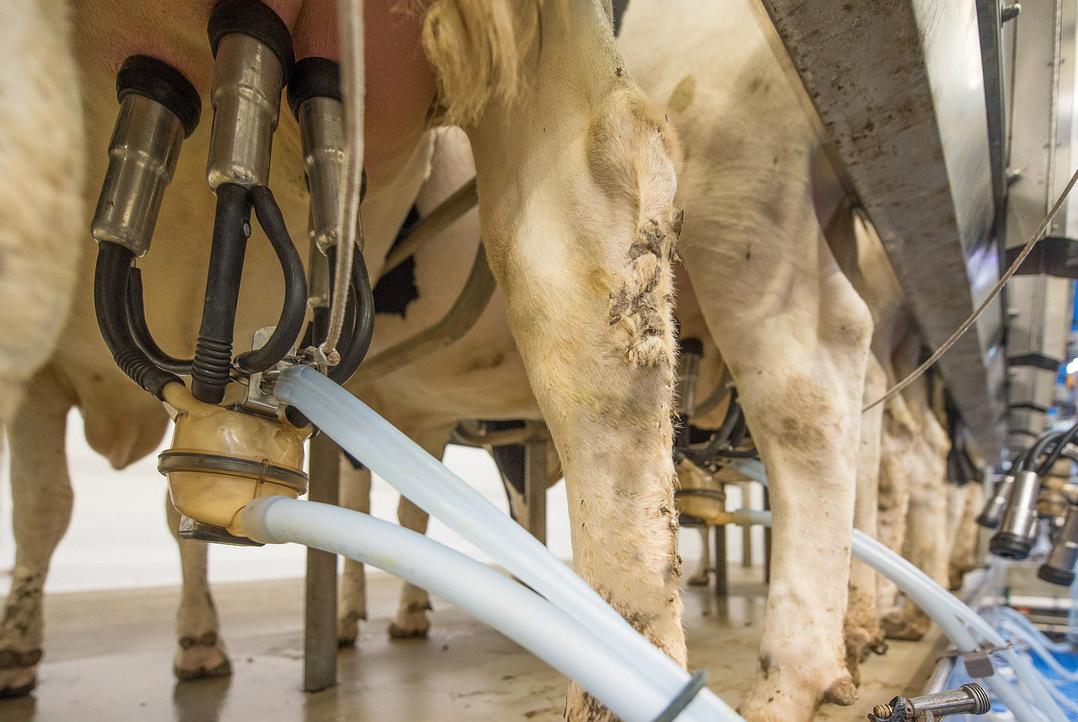
Milk recording days

Scheduling Milk Recordings
To ensure your herd is recorded at a date and time that suits both you and your recorder, it is important to schedule milk recordings at the start of the year or at the end of each milk recording. A minimum of four recordings is recommended for a spring calving herd with a minimum of six recordings recommended for a winter milk herd. Your milk recording results will be communicated as follows:
Spring herd milk recording schedule example:
Contact your milk recording technician to schedule your tests for the year.
Milk Recording Test Results
1. Text message with Top 5 SCC cows in the recording.
2. Email: PDF of lifetime report.
3. AgriNet HerdApp: If you are not an active user please contact AgriNet on 046 9249964. 4. ICBF Herdplus app or via your ICBF Herdplus web login.




AgriNet HerdApp

When your herd is milk recorded, as soon as the results are available on ICBF, they will also be available on HerdApp.
HerdApp uses this milk recording data in many ways:
We list the high SCC cows in the ‘Jobs List’ report since these are the cows that need the most attention after a recording.
You can list all monthly milk recording results for the latest test date, or previous test dates. Sort on any of the variables on your phone.
You can list all the 305 and completed lactation results, again sorting on any variable.
Cows can be short listed based on unusual fat to protein ratios.
You can use a traffic light system for SCC where low SCC is green and high SCC is red and amber is used for the middle SCC values. You can set your own SCC thresholds for green, amber and red.
While looking at all data for individual animals you can view all the milk recording data right back to the 1st lactation for each cow.

All milk recording data is available for each cow and her dam
List all high SCC cows in the Jobs List area immediately after each milk recording and easily identify cows for SDCT

Understanding Milk Recording Data
Milk recording provides valuable data on individual cows from both a performance point of view looking at yield, fat, and protein and from a health point of view looking at the somatic cell count (SCC) values.
Performance:
The milk recording lifetime margin provides a simple single figure value that ranks cows in the herd best to worst. This allows breeding and culling decisions to be made in a simple straightforward way. To ensure accuracy with these rankings it is vital that the correct calving and dry off dates are inputted to ICBF as both are used in the calculations.
Green cows = The top 20% of your herd – Cows for breeding replacements from
Red Cows = The bottom 20% of your herd – Cows for beef breeding or for culling
Somatic Cell Count:
The report provides a colour-coded system for SCC for a quick and easy overview of status of cows SCC level so decisions can be made during the lactation and when drying off.

Red Cows = Persistently infected The cow has had 2 consecutive tests over 200,000.
Orange Cow = Recently infected Current test is over 200,000 but the previous test was less than 200,000.
Blue Cows = Recently cured The cow is under 200,000 in this test but has had a test over 200,000 in her current lactation.
Green Cows = Healthy Consistently less than 200,000 in this lactation.
Factors Affecting Milk Recording Results
Many factors will impact the outcome of milk recording results both positively and negatively. While every attempt is made to ensure results are as accurate as possible there are many factors outside of our control which have big effects on test results. With this in mind we have included below a few common questions that can help us narrow down the cause of inaccurate results. It is important to note that; ‘within herd’ ranking is largely unaffected, so you can still utilise your data.

If you are concerned about your results, please contact the milk recording office.
Milk Meter
• Are they ICAR approved?
• When was the meter serviced last?
• When was the meter calibrated last?
• Are they all working correctly?
Milking Machine
• Is the machine functioning properly?
• Is there sufficient vacuum?
• Has the machine been serviced?
• Are individual units all working correctly?
Factors affecting milk recording results
Sampling
• Have milking intervals been kept the same for milk recording?
• Is the on-farm routine correct?
• Are the samples being taken correctly?
• Are samples being agitated correctly?
Individual Cow
• Has the diet of the cow changed?
• Are some of your cows on once a day?
• Have cows been prepped properly? Clean udders result in less contamination in milk samples.
• Milk flow of individual cows within the herd
Additional Tests In Milk Recording
Milk recording samples provide the opportunity for additional testing on individual cows such as:

Please speak to your recorder prior to your milk recording to arrange additional testing on some/all of your samples.
Johnes Test
Uses milk samples; Easy, Effective, Good Value.
Establish herd’s Johnes disease status and manage if present. Johnes reduces performance of infected animals - tackling the disease before the problem becomes too serious.
Controlling Johnes disease will improve animal health & welfare, contributing to better productivity, sustainability and cutting out production losses.
If you wish to avail of this service, please inform your recorder/technician in advance of milk recording.

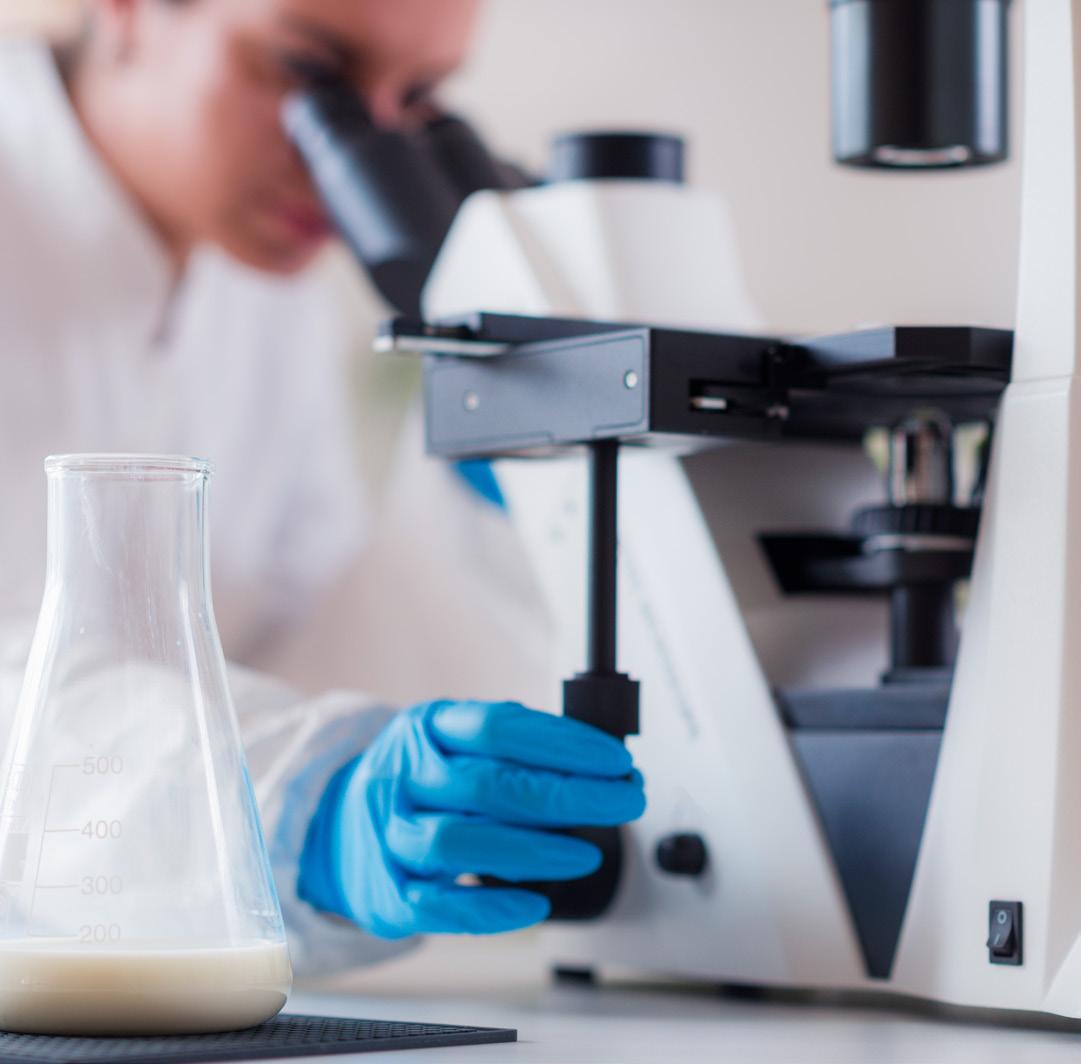
Pregnancy Test

Use as soon as 28 days post breeding - identify empty cows earlier for re-insemination.
Test can be done through your milk recording samples - no unnecessary stress on the cows, convenient & labour saving.
Effective - Results are as accurate as scanning.
Pre-paid pregnancy kits are also available from the milk recording office and online on our website.
Pregnancy
Johnes
Healthcheck Disease Testing

Bulk milk sample disease testing is available through our laboratory partner in Independent Milk Laboratories in the form of a simple postage kit.
Carrying out bulk disease testing throughout the year will help you to identify and create a plan to eradicate the specific diseases on your farm.
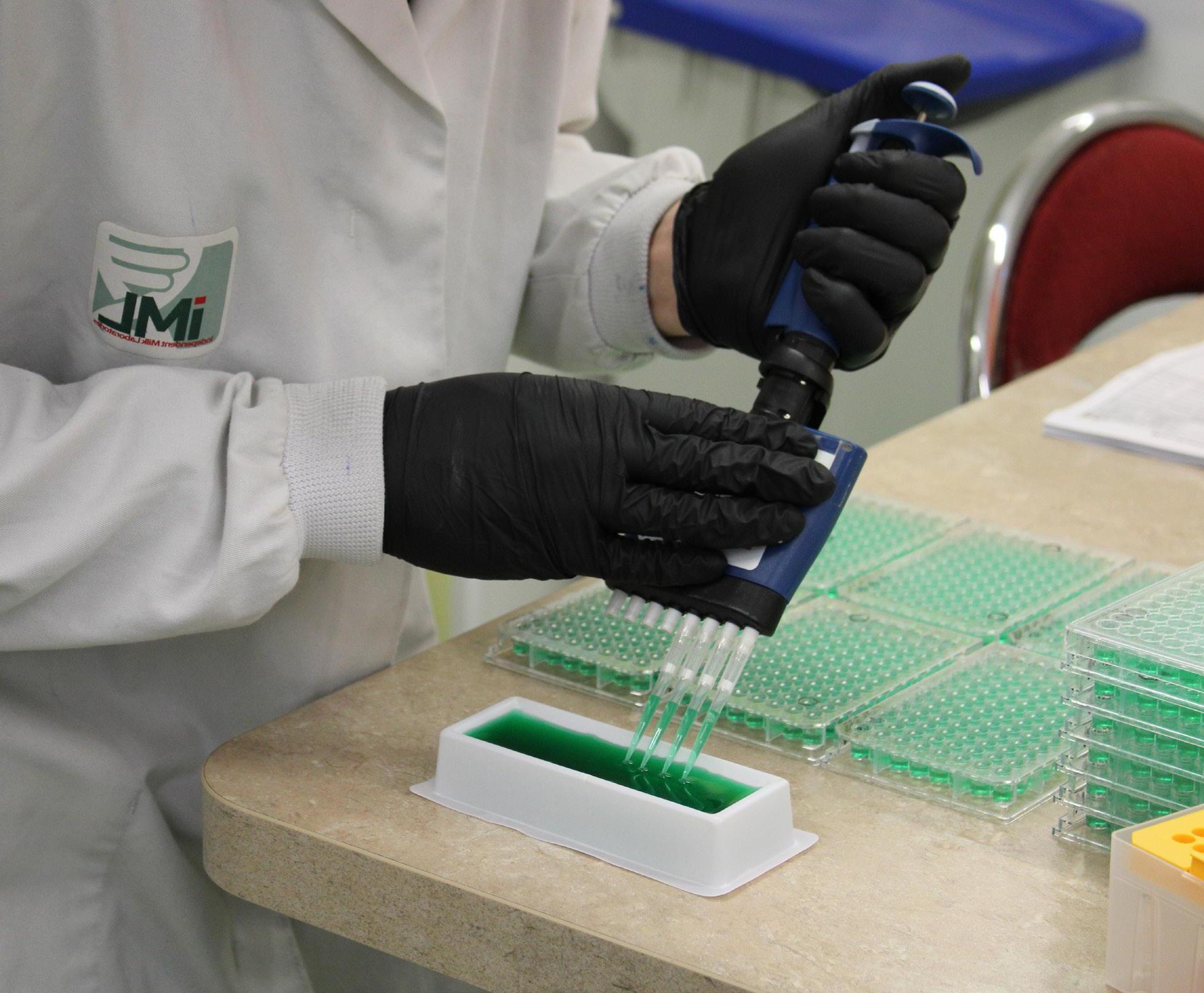
Bulk tank samples submitted are tested for the following diseases:

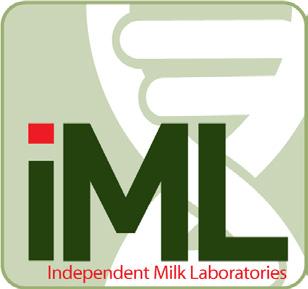
Annual Report
Milk recording annual reports are generated in January for the previous calendar year. To receive an annual report a minimum of four milk recordings need to be done and each cow must have completed their lactation/ been dried off. To generate the annual report, calving dates and dry off dates must be entered on ICBF to ensure accuracy of this report. Only cows that have a valid lactation are included in the summary of this report.
The annual report will indicate the performance and profitability of individual cows; this makes the annual report a tool for decision making within your herd. Milk recording figures for each cow after each test are ranked within your herd based on their milk recorded lifetime margin per day.
The value of milk recorded lifetime production - Cost of production Margin per day is calculated by:
Total days milk recorded

The production section of the annual report ranks your herd of cows based on their lifetime margin per day, the top 20% of cows are in green and the bottom 20% are in red.
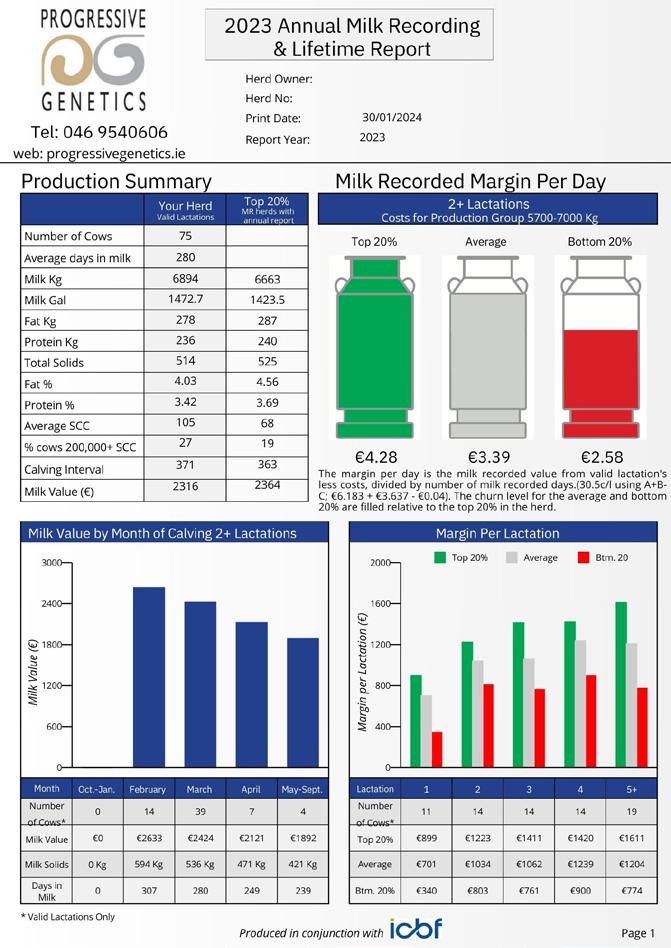

The cows are also ranked within their own lactation group.
This report will allow you to make management decisions on which cows should be kept in the parlour to breed replacements from to improve the performance and efficiency of your herd.
Introducing a Revolutionary New Milk Test for SCC to Irish Dairy Farmers
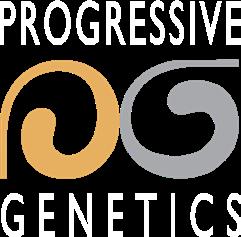
Genocells will allow Milk Recording customers to identify the highest contributors to Bulk Tank SCC by analysing a single bulk tank milk sample.
It is based on matching the genotype (DNA code) of the cow to her DNA in the somatic cells in the bulk tank sample.


This service is only available to Milk Recording customers whose herds are genotyped and need additional SCC surveillance throughout the year.
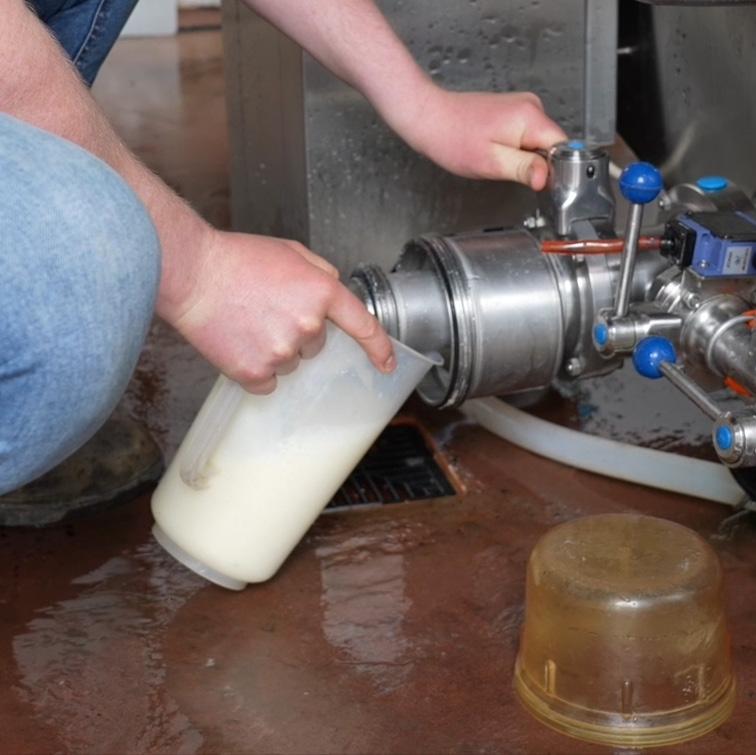
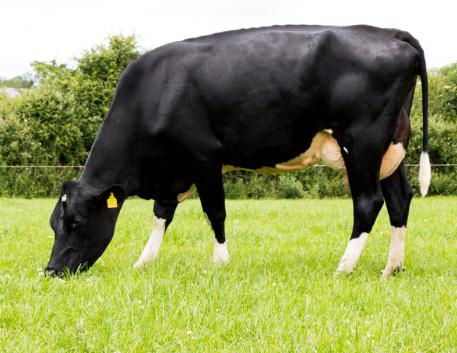
All cows must be Genotyped prior to participating in the GenoCells programme.
The herd must be a member of ICBF herd plus.
The herd must be signed up to complete 4 milk recordings in the calendar year.
At least one milk recording must be completed before a GenoCell test can take place.




